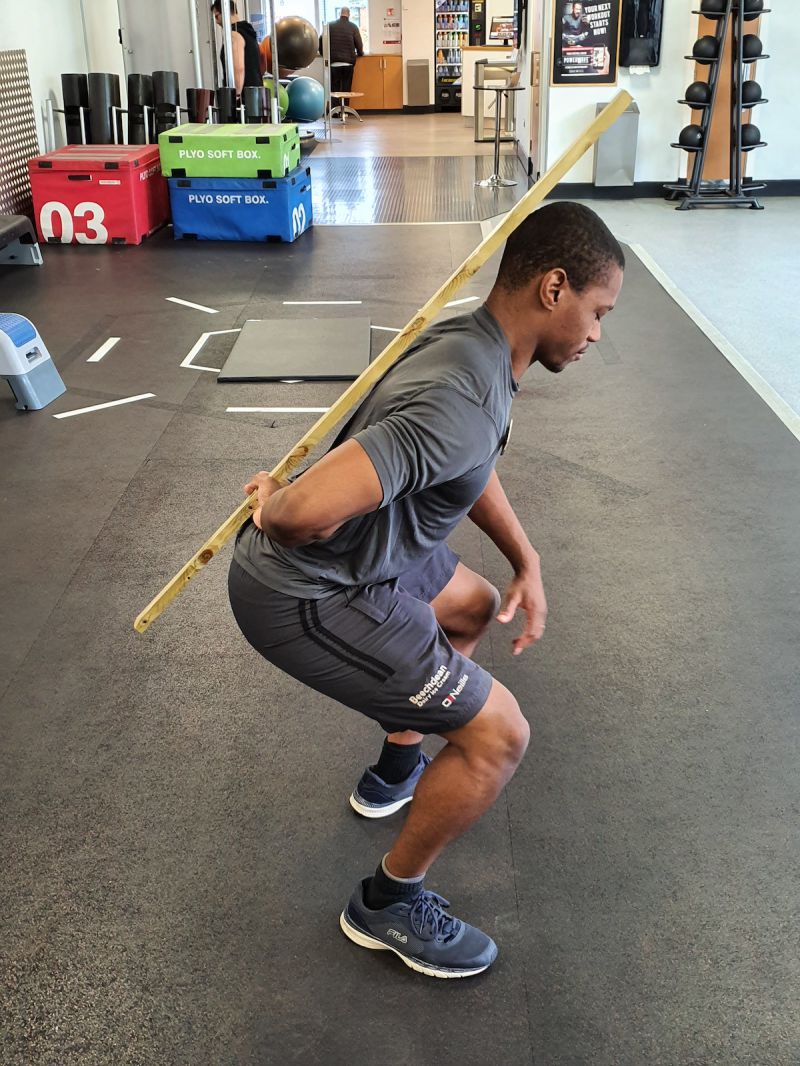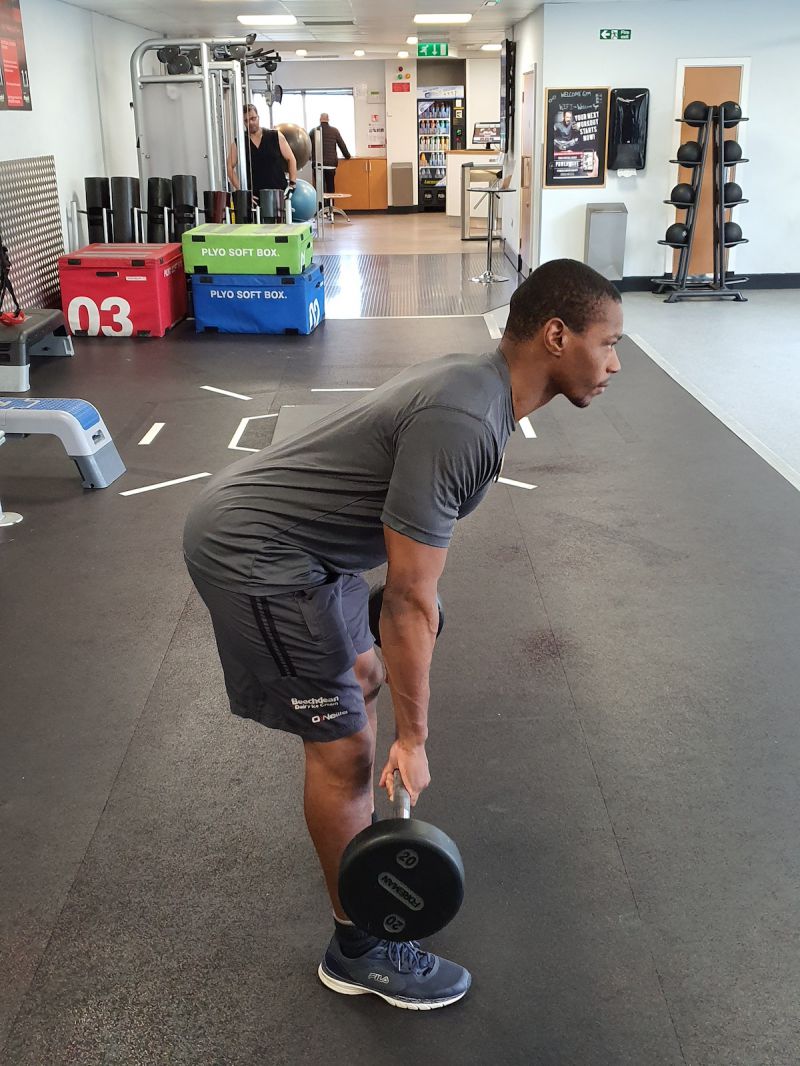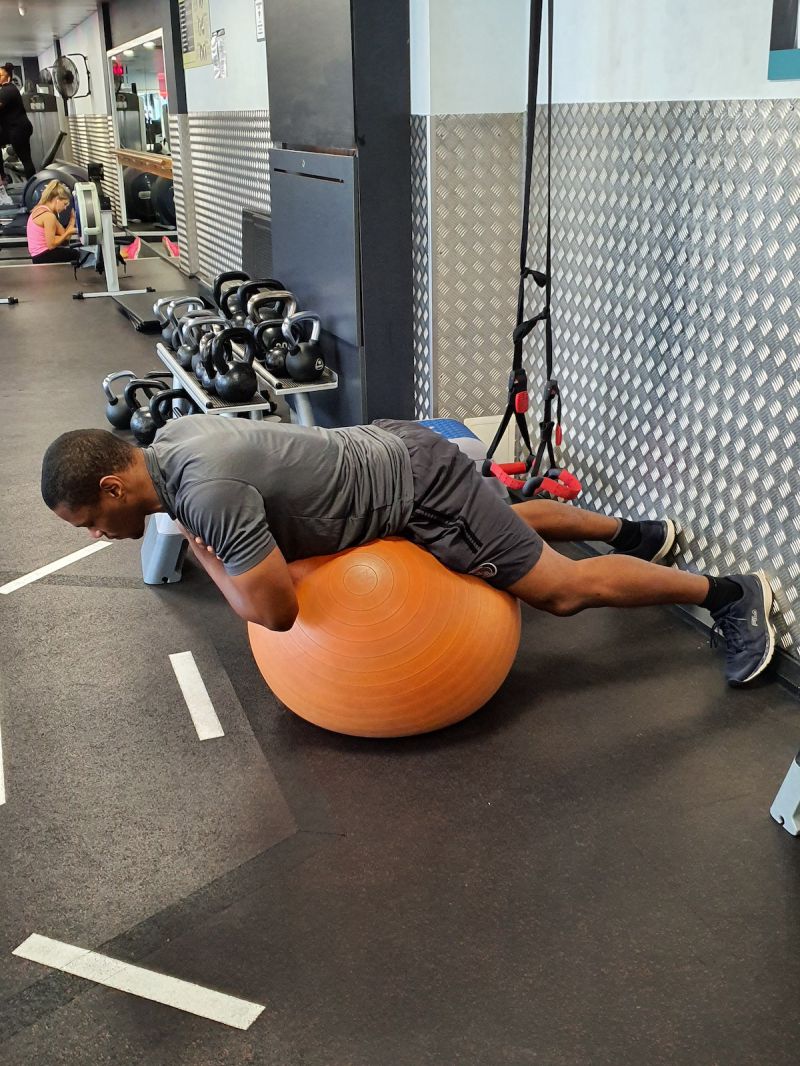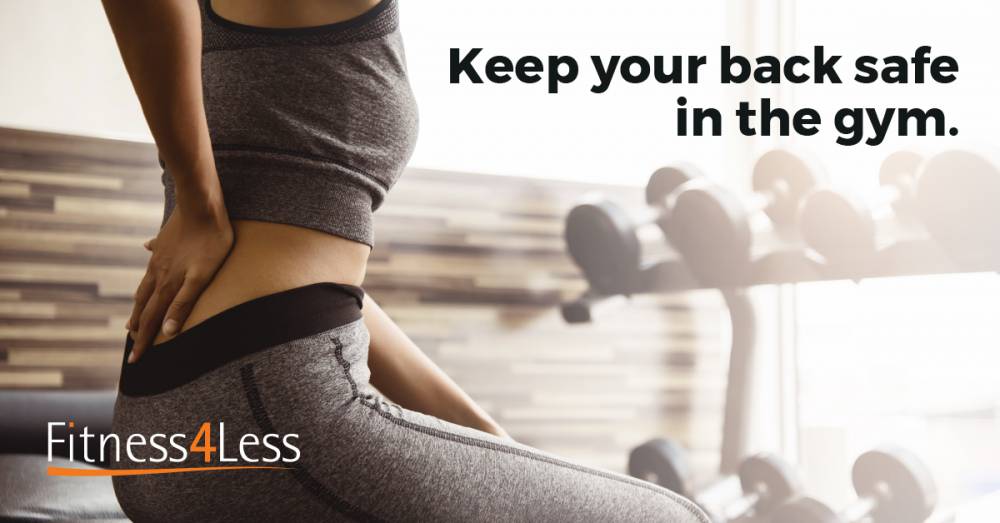Ever since our primitive ancestors stopped living in trees and started walking upright, the human body has evolved rather less than perfectly, and the back in particular would probably not win many awards from the Design Council. Anthropologist Jeremy DeSilva of Boston University says that our “anatomy isn’t what you’d design from scratch – evolution works with duct tape and paper clips”. As our bodies adapted to carrying a skull with a larger brain and in the case of females, to giving birth to babies with bigger bodies and brains, the spine became elongated and S shaped. Our curved backs, carrying a heavy head, may be vulnerable to injury if we don’t exercise to strengthen them and treat them with respect.
Recent studies have shown that back pain badly affects one in ten people worldwide and up to 84% of people experience it at some time in their lives. It can be both debilitating and distressing and is a leading cause of disability and absence from work. It can be triggered by poor posture while sitting or standing, bending or twisting awkwardly, lifting heavy objects incorrectly or poor technique in the gym.
However, doctors and physiotherapists agree that exercise is good for your back and that you should: -
- Do low-impact cardiovascular exercise, such as walking or swimming, which increase blood flow to the spine, supplying it with healing nutrients and keeping it hydrated.
- Correct your posture – avoid slumping or hunching over your desk.
- Take a short break from sitting down twice an hour.
- Lose excess weight, which puts a strain on your back.
- Make sure your bed is comfortable and supportive.
- Manage stress by learning relaxation techniques such as breathing exercises or yoga.
- Stop smoking, which reduces the blood supply to the discs between your vertebrae, causing them to degenerate.
Fitness expert,
Russell Ribeiro, offers some useful tips for looking after your back when working out in the gym: -
- Always do a warm up and stretch before you get into any weight lifting and cool down and stretch after your workout.
- Lift heavy weights correctly, both in the gym when doing deadlifts and in everyday life, by bending at your hips and knees (not from the waist) and keeping the load close to your body.
- Keep your back flat and not rounded when lifting.

- Don’t sacrifice good technique for a heavier weight. Remember a big ego = a trip to A&E.
- When undertaking pressing exercises, including bench presses, shoulder presses and chest presses, don’t arch your back when completing any of these movements, but keep it as flat as possible.
- When putting weights back on the rack, avoid twisting and reaching.
- Make sure you include exercises to strengthen your back, especially your lower back, in your routine. These muscles are just as important as your other muscle groups.

- Exercise your core muscles to provide support to your back and avoid injury.
- A good exercise is to do back extensions over a Swiss ball or lying on the floor, but don’t hyperextend.
- Using the seated back extension machine is a good way to make sure you maintain a good technique.
Personal trainer,
Zsolt Nikodem (known as "Niko") also has some good advice to avoid back pain:-
- Correct your posture. Without the correct static and dynamic posture, gravity is pushing you down day in day out, which will ultimately lead to an even worse posture. You can’t escape gravitational forces compressing your spine and if you put a barbell on your back or have it in your hands you will only increase that compression.
- Breathe correctly. Breathing is contracting and stretching all the core stabiliser muscles and you breathe over 20,000 times a day. Breathing correctly can definitely help with relieving lower back compressions.

- If you already have lower back pain, don’t stretch it or foam roll it! Just because the pain is there, that doesn’t mean the problem is there too. Pain is a signal that something is wrong. Getting a lower back massage or stretching your back may turn off the signal, but the problem is not solved!
- Don’t expect the same exercise to work the same way for everyone. Lower back pain is a result of multiple movement dysfunctions done every day and those are different from person to person.
Don't forget that as part of your gym membership, you're entitled to a half-hour taster session with one of our experienced personal trainers. You could use this time to ask them how to do a few basic exercises correctly, without jeopardising your back, and how to exercise your core to help protect and strengthen your back. You could also try one of our classes, such as yoga, Pilates or Core on the Floor, which include exercises to make your back flexible and strong. For more information and some more detailed tips on looking after your back when doing specific exercises in the gym, please follow this NHS
link.![]()
![]()
![]() blog
blog![]()
![]()
![]() blog
blog


